Master Data Management (MDM) as a concept has been around for a few years now but it is only in the last few years that MDM has started to become a true Enterprise capability.
What is MDM
Master Data Management (MDM) practice enables governance, policies, standards, processes and tools to define and manage business master data to enable Enterprise with a single source of truth
MDM capability establishes organizational processes to collect, aggregate, data profile and cleanse, match & merge, persist and distribute, as well as apply governance on data utilization of master and reference data across the Enterprise
MDM and SOA
The goals of MDM and SOA initiatives are aligned and typically executed in parallel. The goal of MDM is to create a consistent view on key enterprise master and reference data and ensure ongoing data stewardship and quality, while SOA is focused on enabling effective and consistent consumption of these data sets across the Enterprise.
MDM Utilization
MDM is effective enabling multiple business areas and is typically classified from utilization perspective as:
- Collaborative MDM enables consistent master data utilization across multiple business process
- Operational MDM enables operational Master Data Management with a set of re-usable services that allow transactional management of key MDM data entities and related business
- BI / Analytics / Reporting MDM enables effective BI/Analytics with consistent MDM data feed
MDM Implementation Styles
There is some consistency across MDM definitions across the industry, with four implementation architecture styles being the most common:
Registry enables a single read-only record of truth for core MDM data attributes (index). It is not concerned with mastering an extended set of data attributes which are authored across multiple federated MDM systems.
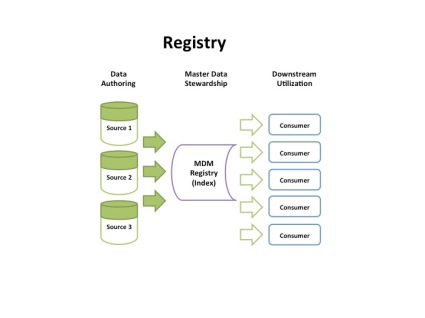
Consolidation and Coexistence Hub styles are both concerned with consolidating, de-duplicating and enriching data in the hub. Consolidation hub is non-intrusive, while co-existence hub requires a transactional loop-back integration to the original authoring system.
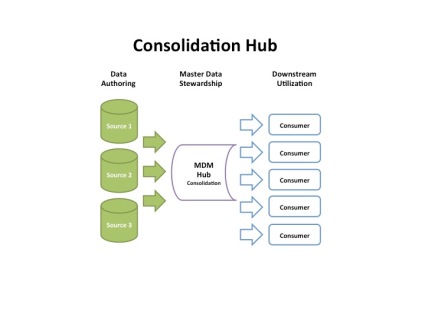
Transactional Hub is focused on centrally authoring master data set in the hub and absolute real-time master data consistency in MDM system.
MDM Stewardship
MDM is a business driven initiative and Data Stewardship is a key to MDM success. Data Stewardship can be defined as an on-going operational process focused on:
- Identifying master data sets and opportunities
- Facilitating common data definitions, including business rules, ontologies and taxonomies
- Cataloging data sources
- Quality assurance, setting expecting quality, issue remediation
- Understanding master data consumer requirements, change request facilitation
- Providing utilization on-boarding process
MDM and IT Governance
While Data Stewardship is focused on on-going operation governance, Data Governance is tasked with strategic data governance and is a part of a wider IT governance:
- IT Information Architecture strategy and vision
- Enterprise Target State Architecture
- Identifying and securing Business and IT leadership buy-in
- MDM Implementation styles
- System and Data Integration Strategy and Architecture
Categories: Master Data Management (MDM)
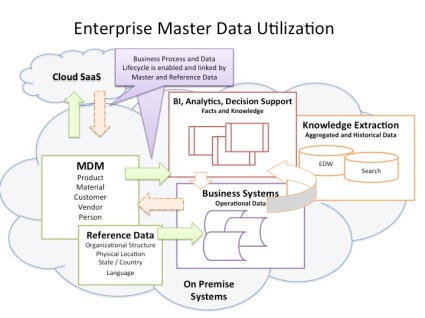
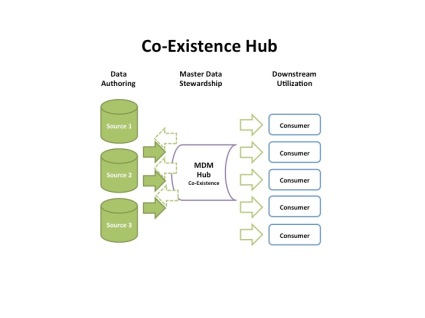
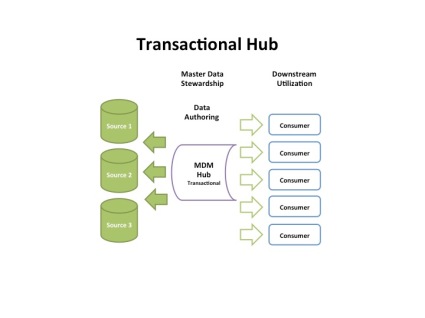
Reblogged this on SutoCom Solutions.